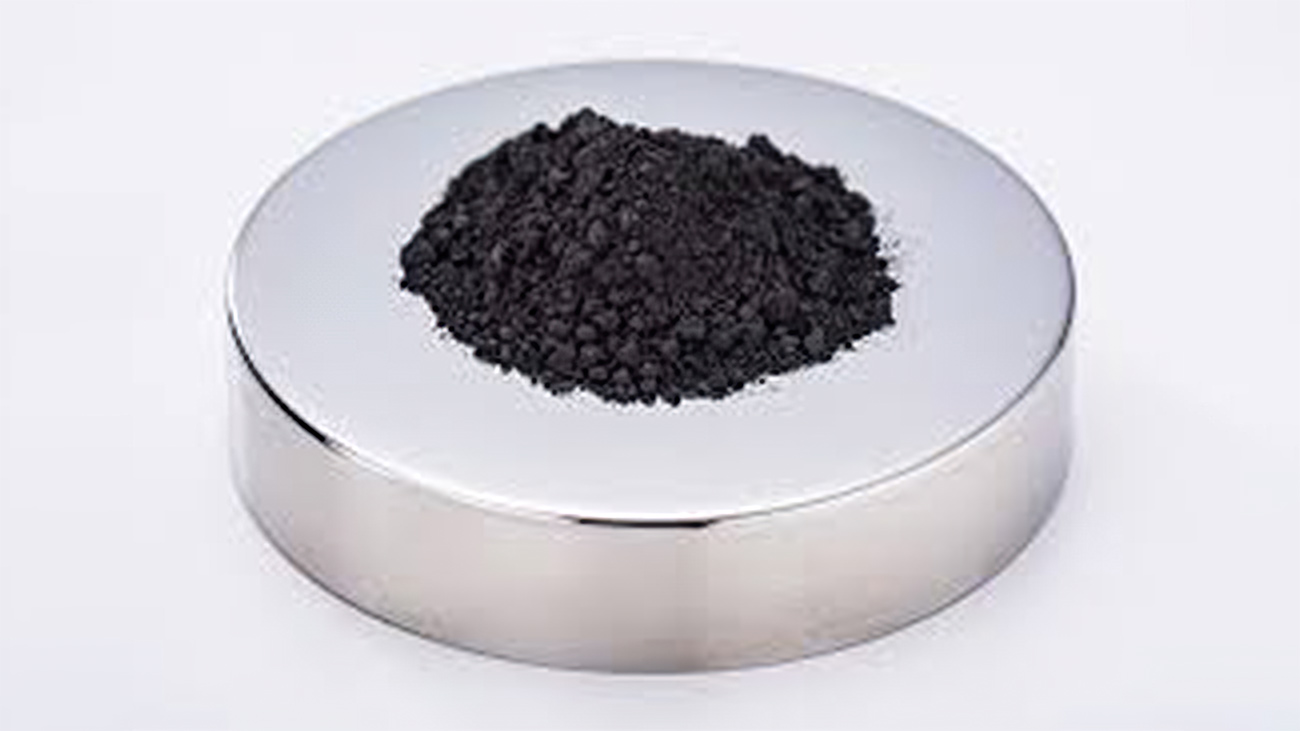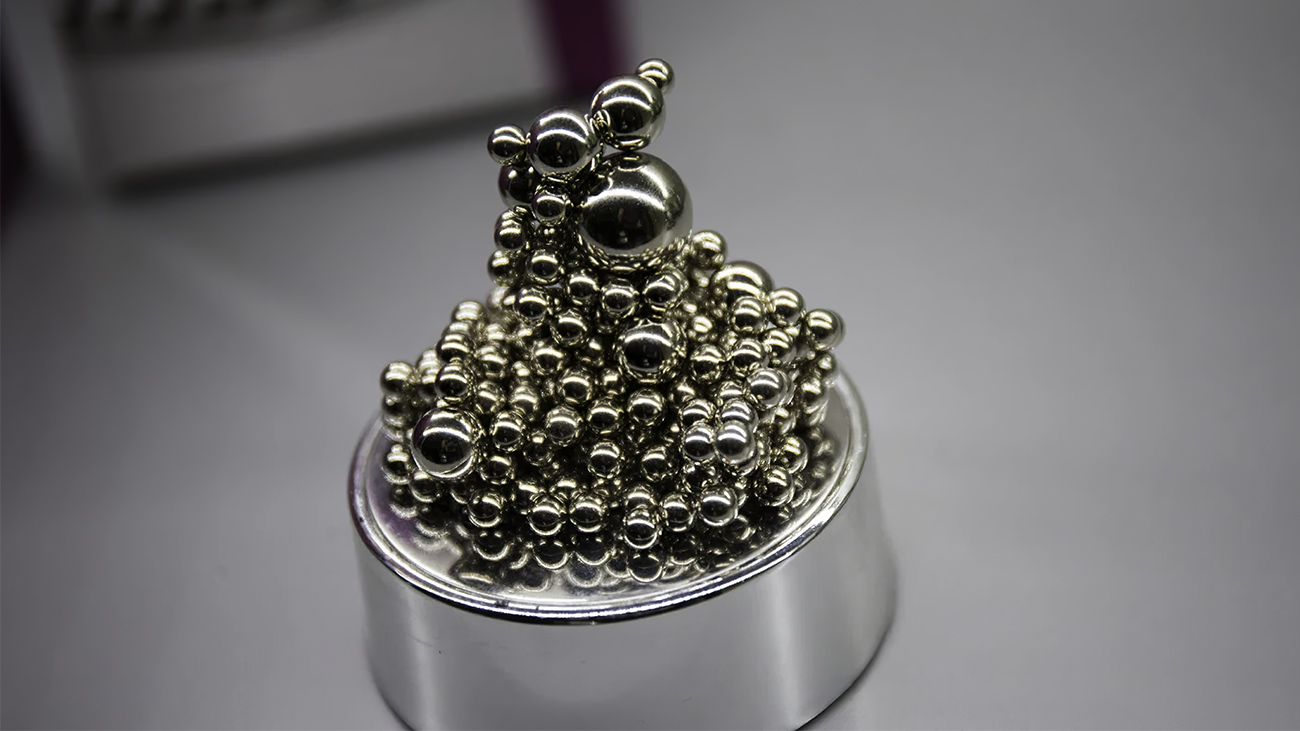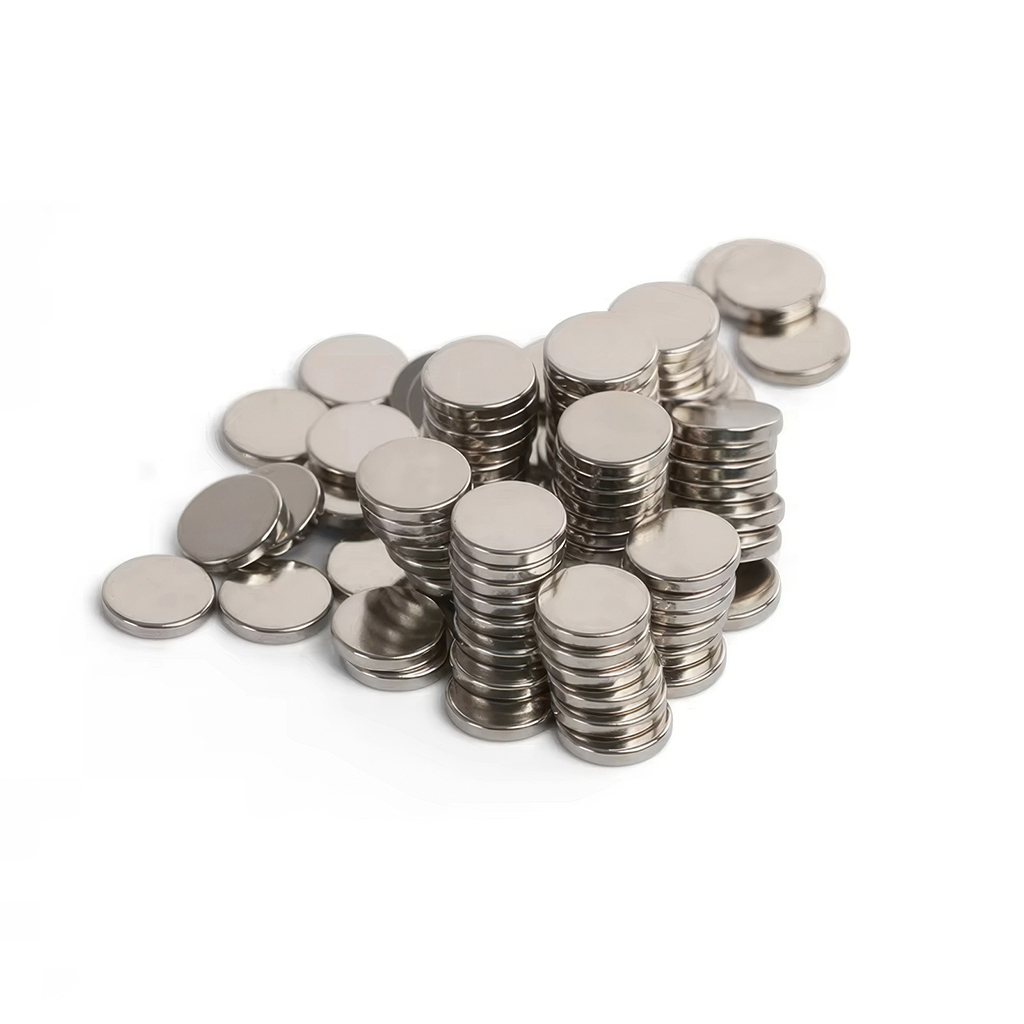Material for Magnet: Understanding Magnetic Materials and Their Applications
The type of magnet material chosen greatly impacts the magnetic strength, durability, and usefulness of a magnet in specific applications.In this article, we’ll explore the various materials used to create magnets, their properties, and how they are applied across different fields.
Whether you’re curious about rare earth magnets, alnico magnets, or ferrite magnets, this guide will help you understand the science behind magnets and their applications. Let’s dive in and uncover the secrets behind the strongest magnetic materials available today.
Table of Contents

What Are the Different Types of Magnet Materials?
Magnets are made from a range of materials, each offering unique magnetic properties. These materials are categorized based on their composition and magnetic strength.
1. Permanent Magnets
Permanent magnets maintain their magnetism without requiring an external power source. The most common materials used for permanent magnets include:
- Neodymium Magnets (NdFeB): Known for their exceptional strength, neodymium magnets are the strongest rare earth magnets available today. They are made from neodymium, iron, and boron, making them ideal for high-performance applications.
- Samarium Cobalt (SmCo): Another type of rare earth magnet, SmCo magnets are highly resistant to corrosion and can withstand high temperatures, making them suitable for aerospace and military uses.
- Alnico Magnets: Made from aluminum, nickel, and cobalt, alnico magnets are known for their high-temperature stability and moderate strength.
- Ferrite Magnets: Also known as ceramic magnets, ferrite magnets are made from a mixture of iron oxide and ceramic materials. These magnets are cost-effective and widely used in household items and small motors.
2. Electromagnets
Electromagnets are made from ferromagnetic materials like iron and require an external magnetic field to generate magnetism. They are commonly used in applications where the magnetic field needs to be switched on and off, such as in cranes and magnetic resonance imaging (MRI) machines.
3. Flexible Magnets
Flexible magnets are made from a mixture of ferrite powder and rubber or plastic, offering flexibility and versatility for applications like signage, fridge magnets, and seals.
| Magnet Material | Magnetic Strength | Temperature Resistance | Cost | Applications |
| Neodymium Magnets | Highest | Moderate | High | Motors, speakers, medical devices |
| Samarium Cobalt Magnets | High | Very High | High | Aerospace, military, high-temperature applications |
| Alnico Magnets | Moderate | High | Moderate | Sensors, instruments, industrial uses |
| Ferrite Magnets | Low | Moderate | Low | Household products, small motors |
| Flexible Magnets | Low | Moderate | Low | Signage, seals, decorative uses |
What Makes a Material Magnetic?
Not all materials can become magnets. For a material to exhibit magnetic properties, its atoms must be arranged in a way that their electrons align to generate a magnetic field. The most commonly used materials in magnets are ferromagnetic materials, which include iron, cobalt, and nickel.
Key Factors That Determine Magnetic Properties:
- Atomic Structure
- Materials with unpaired electrons in their atomic structure, such as iron and cobalt, are naturally magnetic.
- Magnetic Domains
- In ferromagnetic materials, tiny regions called magnetic domains align in the same direction when exposed to a magnetic field, creating a strong overall magnetic effect.
- External Magnetic Field
- The presence of an applied magnetic field can enhance the alignment of magnetic domains, increasing the material’s magnetism.
What Are Rare Earth Magnets and Why Are They So Strong?
Rare earth magnets are made from rare-earth elements, which are a group of 17 elements on the periodic table. These magnets are widely regarded as the strongest permanent magnets available due to their high magnetic strength and durability.
Types of Rare Earth Magnets:
- Neodymium Magnets (NdFeB)
- Neodymium magnets are made from neodymium iron boron and are known for their exceptional strength. They are often used in industries like automotive, renewable energy, and electronics.
- Samarium Cobalt (SmCo) Magnets
- SmCo magnets offer high corrosion resistance and can operate in extreme temperatures, making them ideal for aerospace and high-temperature environments.
For custom rare earth magnet solutions, visit Customized NdFeB Magnets.
How Are Ferrite Magnets Different from Rare Earth Magnets?
Ferrite magnets, also known as ceramic magnets, are made from a mixture of iron oxide and ceramic materials. While they are less powerful than rare earth magnets, they are more affordable and resistant to corrosion.
Comparison of Ferrite and Rare Earth Magnets:
| Property | Ferrite Magnets | Rare Earth Magnets |
| Magnetic Strength | Moderate | Very High |
| Temperature Resistance | Moderate | High |
| Cost | Low | High |
| Applications | Household items, motors | High-performance industries |
If you’re looking for affordable, corrosion-resistant magnets, ferrite magnets might be the right choice.
What Are Alnico Magnets Used For?
Alnico magnets are made from a combination of aluminum, nickel, and cobalt. They are known for their ability to maintain magnetic properties even at high temperatures.
Applications of Alnico Magnets:
- Sensors and Instruments
- Magnetic Circuits
- Industrial Equipment
For applications requiring high-temperature stability, alnico magnets are a reliable choice.
What Are the Types of Permanent Magnets?
Permanent magnets are classified based on their material composition and magnetic properties. The main types include:
- Neodymium Magnets
- The most powerful permanent magnets, used in motors, speakers, and renewable energy systems.
- Samarium Cobalt Magnets
- Known for their high-temperature resistance and corrosion resistance.
- Alnico Magnets
- Moderate strength with excellent temperature stability.
- Ferrite Magnets
- Cost-effective and widely used in everyday applications.
How Are Magnets Made?
The process of making a magnet depends on the material used. Here’s a simplified overview:
- Raw Material Preparation
- The raw materials, such as iron, cobalt, or neodymium, are prepared in specific proportions.
- Shaping
- The material is shaped into the desired form, such as a disc, bar, or ring.
- Magnetization
- The shaped material is exposed to a strong magnetic field to align its magnetic domains.
- Coating
- A protective coating, such as nickel or PTFE, is applied to prevent corrosion.
What Are the Applications of Magnetic Materials?
Magnets are used in a wide range of applications, including:
- Automotive Industry
- Electric vehicles and hybrid systems heavily rely on neodymium magnets for motors.
- Medical Devices
- Magnets are integral to MRI machines and other diagnostic tools.
- Renewable Energy
- Wind turbines and tidal energy generators use rare earth magnets.
- Consumer Electronics
- Speakers, headphones, and mobile devices rely on powerful magnets for optimal performance.
For tailored magnet solutions, visit NdFeB Magnets Factory.
Conclusion: Choosing the Right Magnet Material
Understanding the material for magnet is essential for selecting the right magnet for your application. Whether you need the unmatched strength of neodymium magnets, the temperature resistance of alnico magnets, or the affordability of ferrite magnets, there’s a material suited for every need.
Key Takeaways:
- Neodymium magnets are the strongest and most versatile magnets available.
- Samarium cobalt magnets excel in high-temperature and corrosive environments.
- Ferrite magnets are cost-effective and corrosion-resistant.
- Alnico magnets offer stability at high temperatures.
For customized magnet solutions, explore Customized NdFeB Magnets. Thank you for reading, and we hope this guide helps you find the perfect magnet material for your needs!
Welcome to our factory’s custom NdFeB magnet services, where your ideas and needs become reality.
Simply share your concepts, requirements, or design drawings, and we’ll work closely with you to produce high-quality NdFeB magnets tailored to your exact specifications and performance standards.
You’ll benefit from competitive pricing, complimentary samples, and professional technical support from our dedicated team, making the customization process worry-free, safe, and cost-effective.
Our goal is to ensure that your products achieve outstanding performance with the highest level of quality and precision.
Economic Development Zone, Industrial Park, Shehong City, Sichuan Province, China.
Contact
News
US Department of Defense Allocates $5.1 Million to Recover Rare Earths from E-Waste
On January 17, 2025, the US Department of Defense announced a $5.1 million allocation to Rare Resource Recycling Inc. under the Defense Production Act.
China Revises and Implements the “Regulations for Outward Direct Investment Statistics,” Including Rare Earth Oxides
It is reported that on January 1, 2025, the Ministry of Commerce, the National Bureau of Statistics, and the State Administration of Foreign Exchange officially implemented the revised “Regulations for Outward Direct Investment Statistics.”
Canada Rare Earth Acquires Majority Stake in Laos Rare Earth Refinery
According to Magnet Materials News, on January 9, 2025, Canada Rare Earth Corp. announced plans to acquire a 70% stake in a rare earth refinery in Laos. This acquisition aims to enhance supply security and economic benefits.



